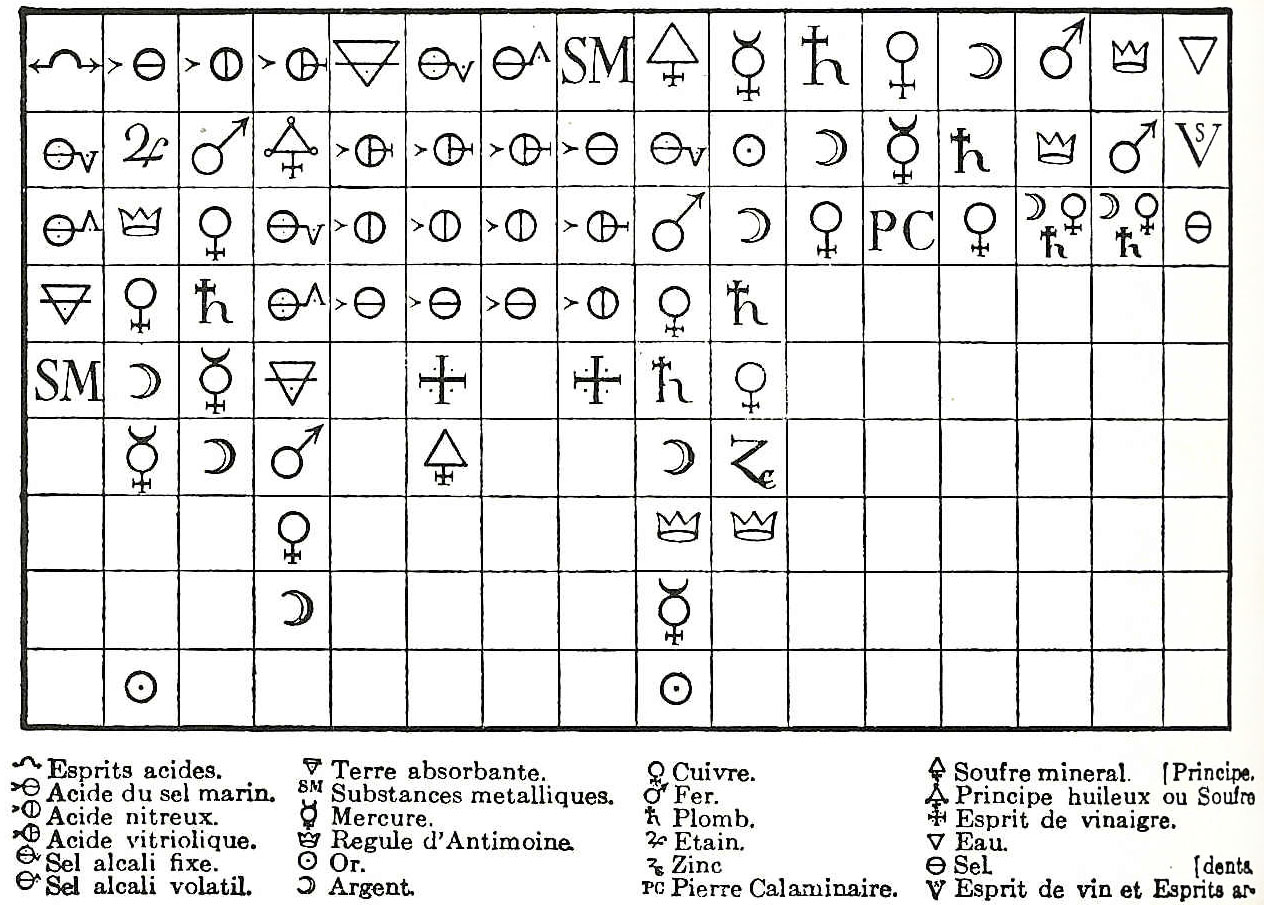
Chemical revolution
In the history of chemistry, the chemical revolution, also called the first chemical revolution, was the reformulation of chemistry during the seventeenth and eighteenth centuries, which culminated in the law of conservation of mass and the oxygen theory of combustion.
During the 19th and 20th century, this transformation was credited to the work of the French chemist Antoine Lavoisier (the "father of modern chemistry").[2] However, recent work on the history of early modern chemistry considers the chemical revolution to consist of gradual changes in chemical theory and practice that emerged over a period of two centuries.[3][4] The so-called scientific revolution took place during the sixteenth and seventeenth centuries whereas the chemical revolution took place during the seventeenth and eighteenth centuries.[5]
Humphry Davy[edit]
Humphry Davy was an English chemist and a professor of chemistry at the London's Royal Institution in the early 1800s.[19] There he performed experiments that cast doubt upon some of Lavoisier's key ideas such as the acidity of oxygen and the idea of a caloric element.[19] Davy was able to show that acidity was not due to the presence of oxygen using muriatic acid (hydrochloric acid) as proof.[19] He also proved that the compound oxymuriatic acid contained no oxygen and was instead an element, which he named chlorine.[19] Through his use of electric batteries at the Royal Institution Davy first isolated chlorine, followed by the isolation of elemental iodine in 1813.[19] Using the batteries Davy was also able to isolate the elements sodium and potassium.[19] From these experiments Davy concluded that the forces that join chemical elements together must be electrical in nature.[19] Davy also opposed the idea that caloric was an immaterial fluid, arguing instead that heat was a type of motion.[19]
John Dalton[edit]
John Dalton was an English chemist who developed the idea of atomic theory of chemical elements. Dalton's atomic theory of chemical elements assumed that each element had unique atoms associated with and specific to that atom.[19] This was in opposition to Lavoisier's definition of elements which was that elements are substances that chemists could not break down further into simpler parts.[19] Dalton's idea also differed from the idea of corpuscular theory of matter, which believed that all atoms were the same, and had been a supported theory since the 17th century.[19] To help support his idea, Dalton worked on defining the relative weights of atoms in chemicals in his work New System of Chemical Philosophy, published in 1808.[19] His text showed calculations to determine the relative atomic weights of Lavoisier's different elements based on experimental data pertaining to the relative amounts of different elements in chemical combinations.[19] Dalton argued that elements would combine in the simplest form possible.[19] Water was known to be a combination of hydrogen and oxygen, thus Dalton believed water to be a binary compound containing one hydrogen and one oxygen.[19]
Dalton was able to accurately compute the relative quantity of gases in atmospheric air. He used the specific gravity of azotic (nitrogen), oxygenous, carbonic acid (carbon dioxide), and hydrogenous gases as well as aqueous vapor determined by Lavoisier and Davy to determine the proportional weights of each as a percent of a whole volume of atmospheric air.[20] Dalton determined that atmospheric air contains 75.55% azotic gas, 23.32% oxygenous gas, 1.03% aqueous vapor, and 0.10% carbonic acid gas.[20]
Jöns Jacob Berzelius[edit]
Jöns Jacob Berzelius was a Swedish chemist who studied medicine at the University of Uppsala and was a professor of chemistry in Stockholm.[19] He drew on the ideas of both Davy and Dalton to create an electrochemical view of how elements combined together. Berzelius classified elements into two groups, electronegative and electropositive depending which pole of a galvanic battery they were released from when decomposed.[19] He created a scale of charge with oxygen being the most electronegative element and potassium the most electropositive.[19] This scale signified that some elements had positive and negative charges associated with them and the position of an element on this scale and the element's charge determined how that element combined with others.[19] Berzelius's work on electrochemical atomic theory was published in 1818 as Essai sur la théorie des proportions chimiques et sur l'influence chimique de l'électricité.[19] He also introduced a new chemical nomenclature into chemistry by representing elements with letters and abbreviations, such as O for oxygen and Fe for iron. Combinations of elements were represented as sequences of these symbols and the number of atoms were represented at first by superscripts and then later subscripts.[19]